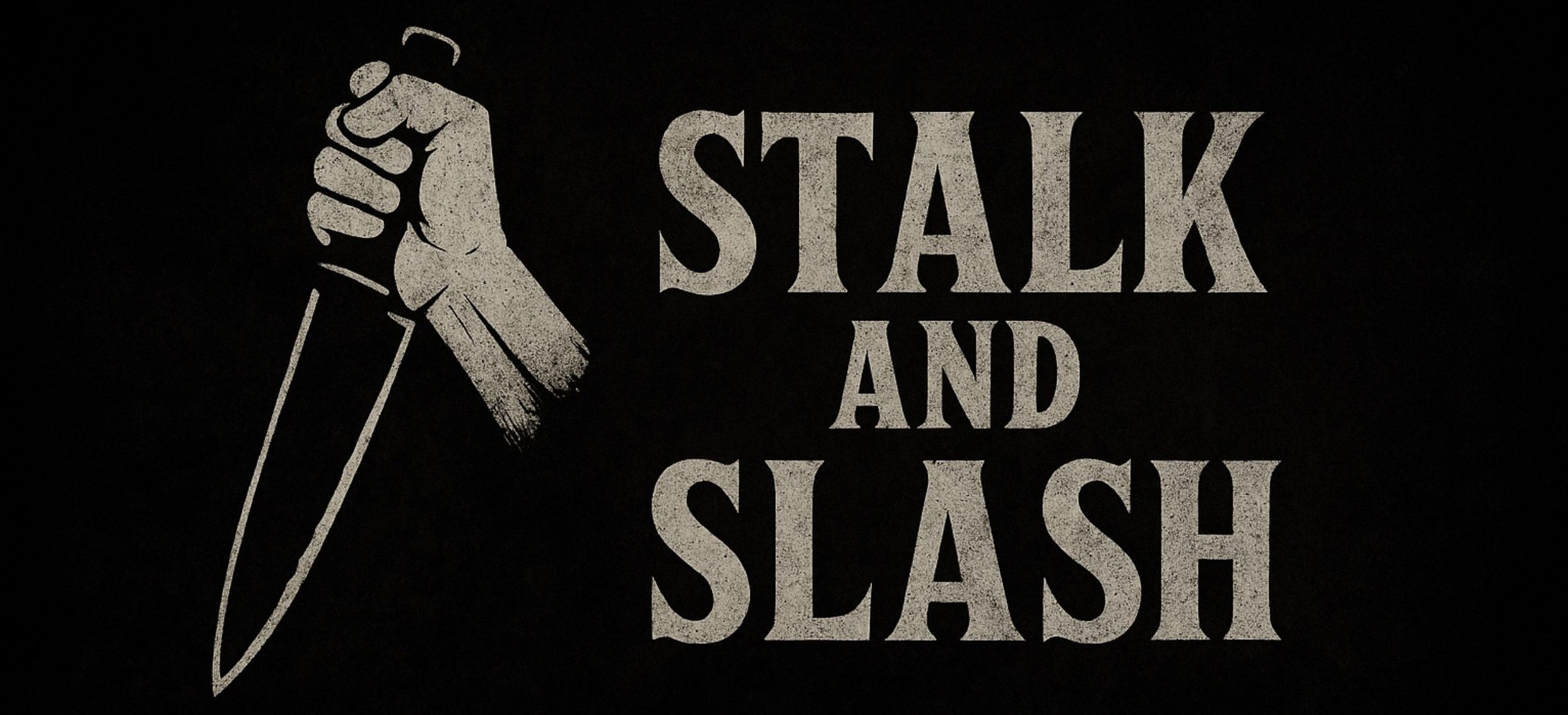Premier Class Welcomes the Witchfinder General
The Hall of Killers has welcomed many faces recently, but few carry the chilling weight of history like the Witchfinder General. Now inducted into the Premier Class, this figure of cruelty and fanaticism joins an elite roster that includes the timeless Bride of Frankenstein, the cursed doll Annabelle, the ferocious Kessler Wolf, and the sadistic showman Art the Clown. Together, they form a terrifying pantheon where folklore, legend, and cinematic nightmares meet.

The Shadow of the Witch Trials
The Witchfinder General takes inspiration from a very real and very dark chapter in history. Loosely modeled after Matthew Hopkins, who claimed the title of Witchfinder General in seventeenth century England, the character embodies the hysteria, paranoia, and brutal violence of the witch trials. Unlike fantastical killers or monsters born of legend, the Witchfinder General is terrifying precisely because he represents real cruelty inflicted upon innocent lives.
His weapon is not claws, fangs, or blades, but authority twisted by fear. In his world, an accusation is as deadly as a knife, and his relentless pursuit of imagined witches leaves a trail of despair and death. His presence in horror cinema captures not only the violence of the time but also the moral corruption of men who turned superstition into power.
Cinematic Legacy

The most famous depiction of the Witchfinder General came in Michael Reeves’ 1968 film of the same name, starring Vincent Price in one of his most chilling roles. Here, Price sheds the campy charm that made him beloved in gothic horror and instead delivers a cold, calculating performance. His General is not a wild-eyed zealot but a methodical figure who uses fear and faith to justify sadism.
The film shocked audiences with its brutality and unflinching portrayal of torture. It blurred the line between historical drama and horror, leaving viewers unsettled by how human cruelty itself could rival any supernatural terror. In many ways, the Witchfinder General showed that the greatest monsters can be men who hide behind law, faith, or moral authority.
Induction into Premier Class
The Premier Class of the Hall of Killers is reserved for figures that transcend their origins. The Witchfinder General joins the Bride of Frankenstein, Annabelle, the Kessler Wolf, and Art the Clown in this top tier. Each represents a different corner of horror: gothic tragedy, supernatural curses, feral transformation, carnival madness, and now historical fanaticism.
What makes the Witchfinder General’s induction significant is how he adds depth to the roster. Unlike supernatural killers or monsters, he reminds us that horror can be grounded in human history. His cruelty requires no myth or curse. It springs from the willingness of people to let fear justify violence, making him timeless and terrifying in equal measure.
Influence and Enduring Fear

The story of the Witchfinder General has echoed far beyond Reeves’ film. Later works have borrowed the archetype of the false prophet, the inquisitor, and the zealot whose authority masks a bloodlust. The General’s presence in the Hall ensures that this archetype will stand beside more traditional monsters, acknowledging the very real horrors of human cruelty in the broader tapestry of fear.
Even today, audiences watching Reeves’ film are struck by how contemporary its themes feel. The dangers of hysteria, mob justice, and unchecked authority never fade, and the Witchfinder General remains a reminder that the past is always closer than we think.
Conclusion
By entering the Premier Class of the Hall of Killers, the Witchfinder General secures his place not only as a cinematic villain but as a figure who embodies one of horror’s most unsettling truths. Sometimes the monsters that haunt us do not come from nightmares, folklore, or legend. Sometimes they come from history, wielding fear as a weapon and leaving terror in their wake.
Now standing among the Bride of Frankenstein, Annabelle, Kessler Wolf, and Art the Clown, the Witchfinder General reminds us that the Hall of Killers is not only about fantasy but also about the shadows of humanity itself.







